Every runner, regardless of experience level, is aware that training is just as important to achieving optimal performance as the actual run. To maximise performance, reduce the chance of injury, and set the tone for a great run, warm-up exercises are crucial. Through improved blood flow, flexibility, and joint mobility, these activities assist the body in moving from a resting state to one of preparation.
By progressively raising heart rate and circulation, an effective warm-up program primes the circulatory system and gets oxygen-rich blood into the muscles. In addition to their physical advantages, warm-ups are essential for mental preparation because they help runners concentrate, block out distractions, and cultivate mindfulness before they hit the track or trail. The muscles that runners use the most when running are the hamstrings, quadriceps, calves, glutes, and core.
These are the muscles that focus on certain warm-up activities. Additionally, they support joint health, especially in the knees and ankles, which are subjected to repeated strain. Lunges, leg swings, and high knees are examples of dynamic exercises that help stimulate muscles and increase the range of motion, ensuring that the body performs at its peak when it matters most.
Even while it could be tempting to start a run right away. Skipping the warm-up can result in strained muscles, reduced performance, and a slower recovery. The warm-up exercises created especially for runners will be discussed in this article, along with their significance, advantages, and how to include them in the pre-run routine.
The Science Behind Warm-Up Benefits
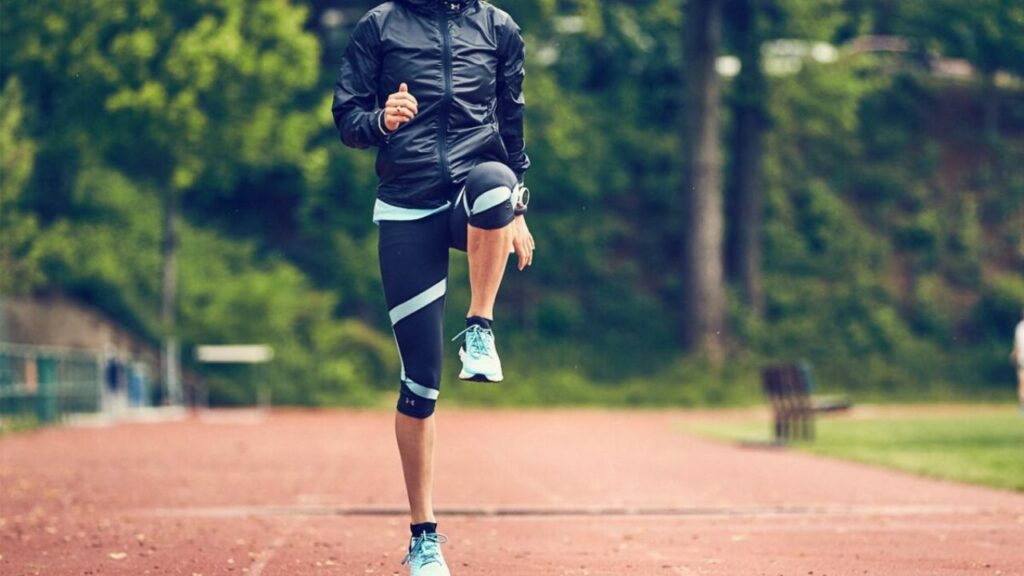
Body Ready for Exercise
Warm-ups ensure that the muscles receive more oxygen and nutrients by progressively increasing the heart rate and circulation. When the individual goes from rest to intense exertion, this lessens the shock to your system.
Increases Mobility and Flexibility
Dynamic warm-up activities facilitate a broad range of motion, increase joint flexibility, and relax tense muscles. During your run, this flexibility may result in less tense muscles and more effective strides.
Avoids Injuries
Microtears can result from stretching cold muscles, which can cause harm. Warm-ups improve blood flow to the muscles, which makes them more supple and less likely to tear or strain.
Increases Mental Focus
Warm-ups assist runners develop the proper mindset in addition to improving their physical condition. Athletes can mentally prepare, concentrate on their objectives, and eliminate distractions during the quick pre-run ritual.
Enhances Performance
A well-planned warm-up can enhance neuromuscular coordination and activate important muscle groups, which will increase running performance. The individual can run longer, faster, and more effectively as a result.
Top 10 Warm-Up Exercises for Runners
10. Side Shuffles
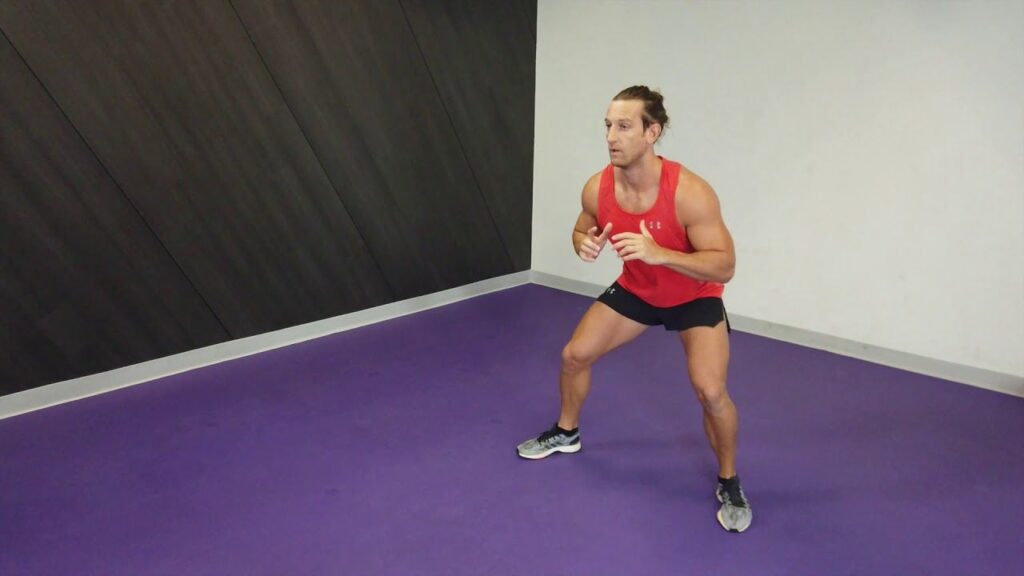
Take ten to fifteen sideways steps while standing with your knees slightly bent, then return to the starting position. Repeat sets two and three. Both the inner and outer thigh muscles are used in this. Additionally, it enhances coordination and lateral mobility while engaging underutilised muscles for balanced strength.
9. Calf Raises
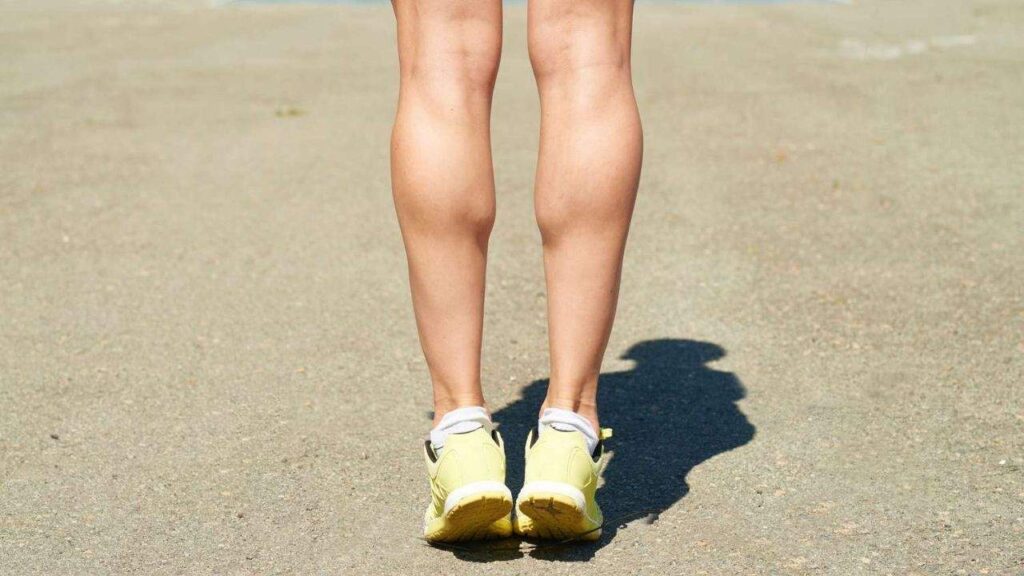
Stand with the feet hip-width apart. Slowly rise onto the toes, hold for a second, and lower back down. Perform 12–15 reps. It strengthens the calves and ankles. This reduces the risk of shin splints and ankle injuries. Prepares the lower legs for sustained running impact.
8. Jogging In Place
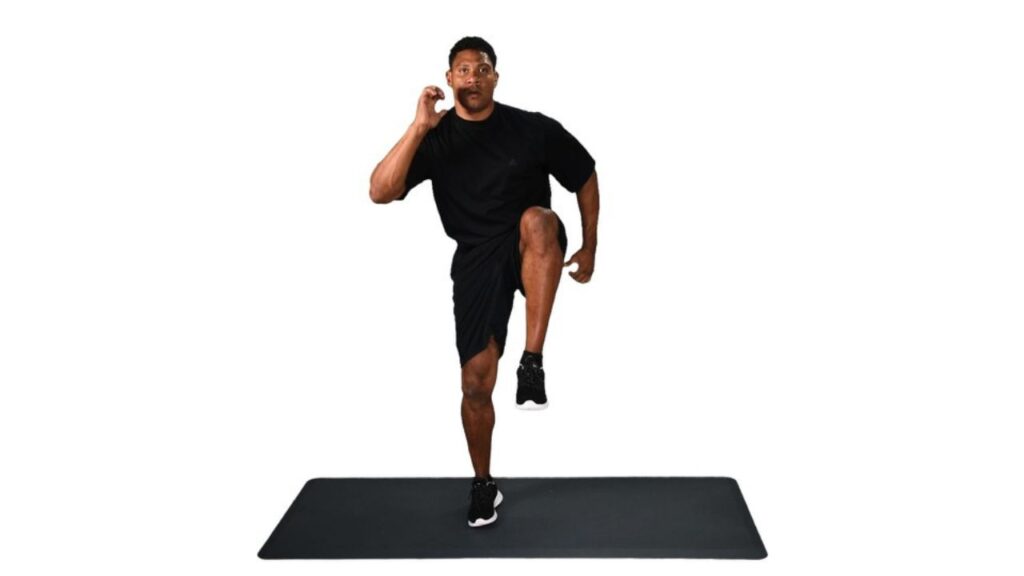
Runners should jog at a slow, steady speed for a few minutes before putting their best foot forward. Even while it may feel more natural to relax, the focus should be on keeping the correct running form. It is recommended that runners maintain a modest forward lean. Bring their shoulders back, and keep their shoulders in alignment over their hips. Keep the arms at a 90-degree bend and cup the hands lightly.
7. A-Skips
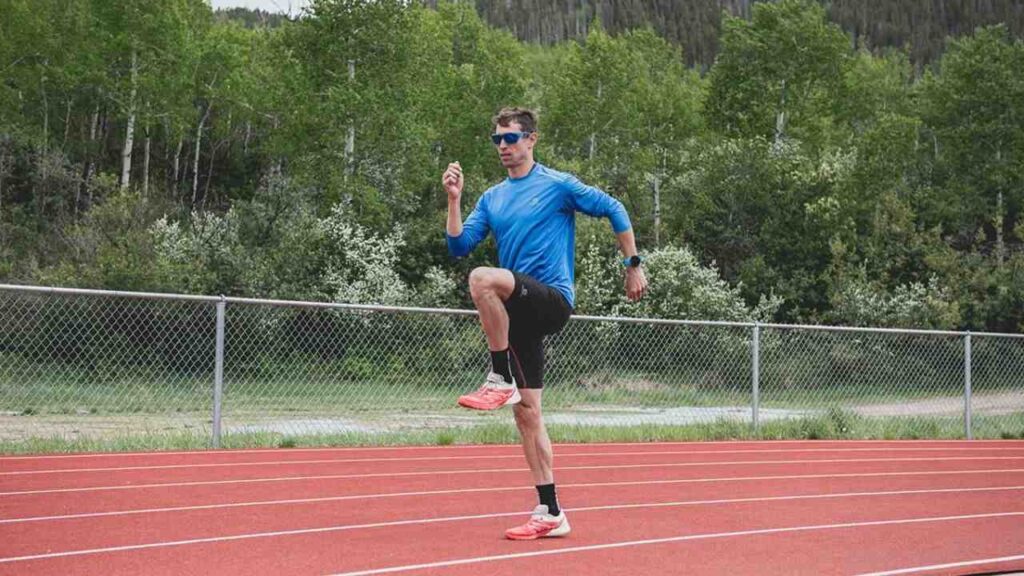
It is a popular playground pastime and is making a return, with a slightly different beat. This running drill, which closely resembles high knees, can also be performed in place when space is limited, such as during indoor workouts. Individuals should begin by placing their arms at their sides and keeping their feet hip-width apart.
The movement starts with propelling the right arm forward and upward while raising the left knee toward the chest. As the left knee reaches its maximum height, the right leg should be extended downward until it is fully straight and vice versa.
6. High Knees
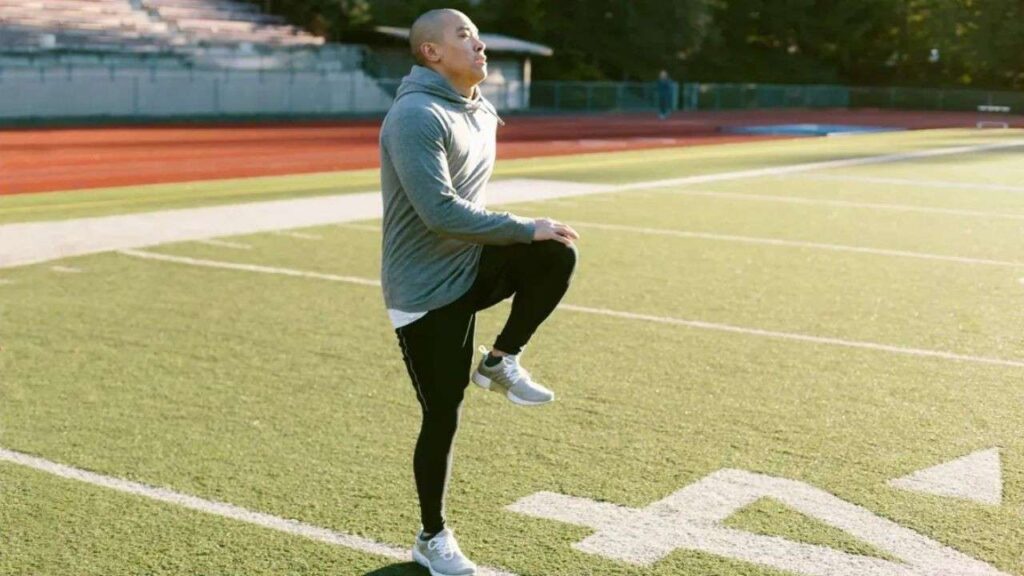
In addition to elevating the heart rate, high knees engage the core muscles, which play a crucial role in maintaining an upright posture while running. For an extra boost of power, it is recommended to engage the arms during the exercise. Individuals should start by positioning their arms at their sides.
They should keep their feet hip-width apart. The movement begins by driving the left knee toward the chest while raising it. Simultaneously, the right arm should be bent at a 90-degree angle and swung forward. This alternating motion is repeated to maintain the rhythm and effectiveness of the exercise.
5. Dynamic Hamstring Stretch
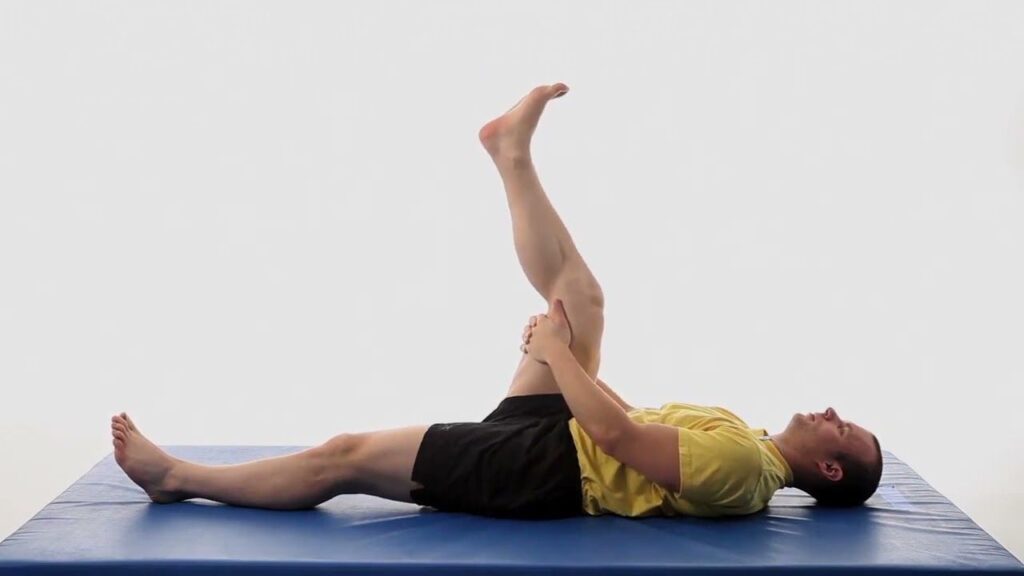
It is an essential warm-up exercise for runners, helping to loosen the hamstrings, improve flexibility, and prepare the legs for the demands of running. This movement increases blood flow to the muscles and enhances the range of motion, reducing the risk of injury.
Performing this activity for 10–12 reps per leg before running. It stretches the hamstrings dynamically and improves flexibility and balance. This also activates the core and leg muscles. Can help improve stride length and overall running performance, making it a valuable addition for runners at all levels.
4. Clamshell with a Hip Bridge
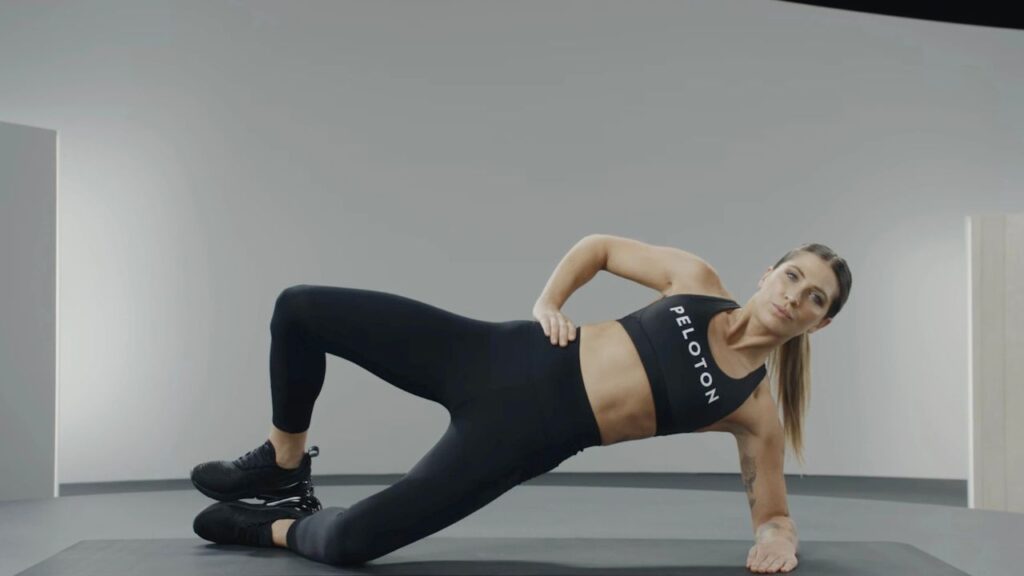
This is an essential pre-run warm-up because it works the hips and glutes. Support your head with your hand or forearm while lying on your side. The knees should be bent at a 45-degree angle, slightly in front of the hips, which should be in line with the shoulders.
Contract the glutes and raise the lower hip off the floor like you’re performing a side plank as the individual exhales. The shoulders and hips should line up. The top hand can rest lightly on the ground for support, while the lower forearm lies flat on the ground.
3. Walking Lunges
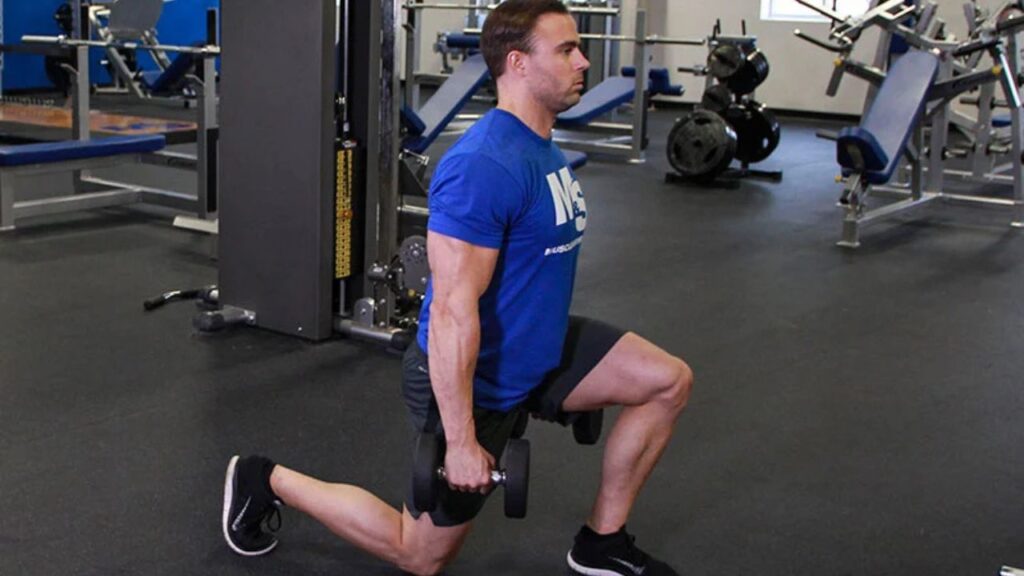
It is a dynamic and efficient warm-up that works the quadriceps, hamstrings, glutes, and core, among other muscle groups. They improve strength, flexibility, and balance in addition to preparing the legs for the demands of running.
This is an excellent way to warm up the lower body and ensure it’s ready for the rigors of running or any other physical activity. Their dynamic nature makes them a versatile addition to any warm-up routine.
2. Standing Hip Openers
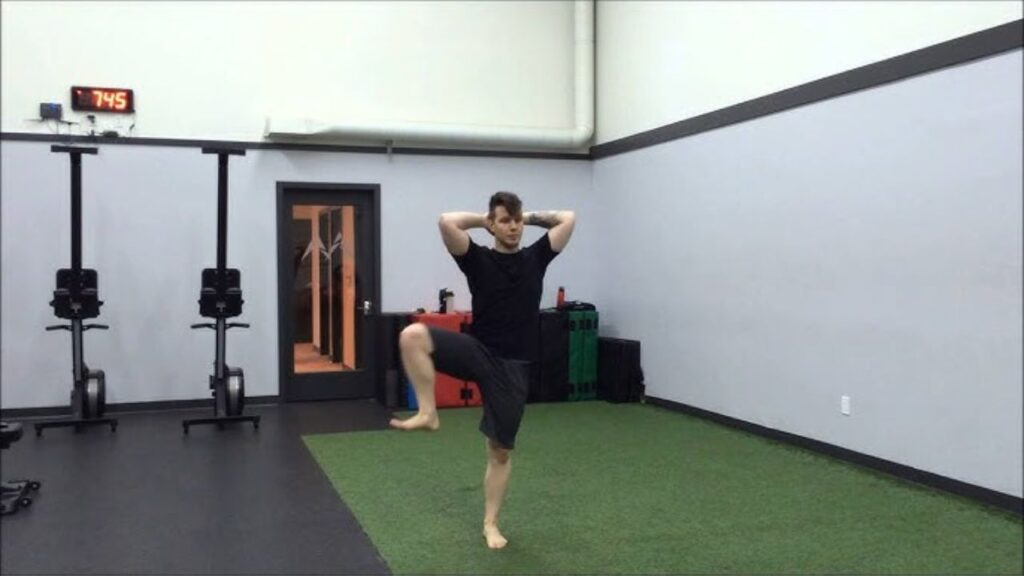
A good running warm-up can help the hips get ready for the task at hand. For balance, they might need a chair or counter close by, particularly if this pre-run warm-up is new to them. Place the arms out to the sides and place the feet hip-width apart.
Use the leg on the left to support the weight of the body. To maintain the balance, use the quadriceps and glutes. Raise and externally rotate the right knee to the right side of the body. On the right side, the right knee and right hip should line up. On the other leg, repeat the same for 30 seconds.
1. Leg Swings
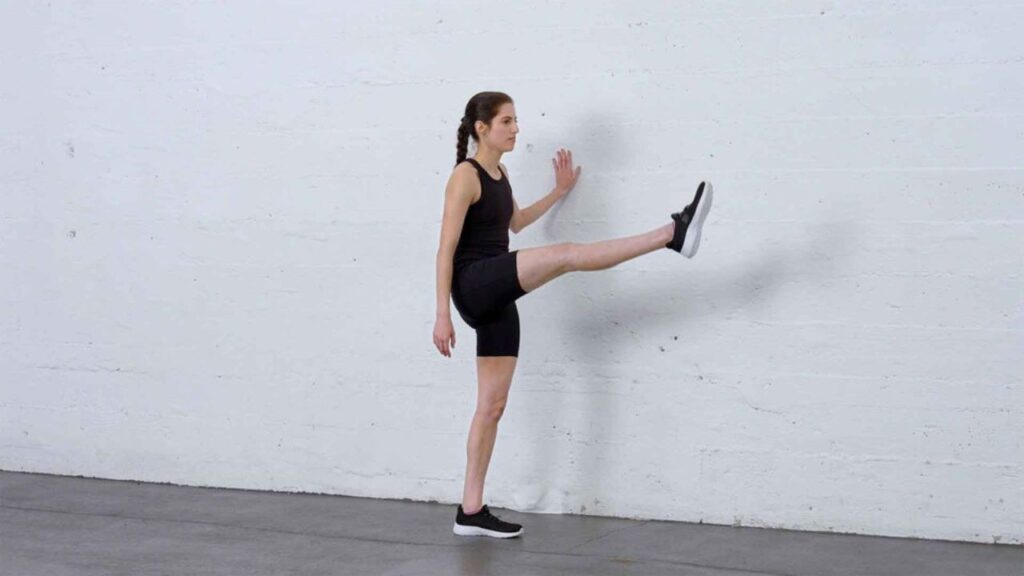
For balance, stand close to a wall or railing. Keep one leg straight while you swing it forward and backward. Swing ten to fifteen times per leg before moving on to side-to-side motions. This increases hip mobility by activating the glutes, hamstrings, and hip flexors.
Additionally, it gets the lower body ready for running. Take a step back approximately half an arm’s length and turn to face the wall. Swing one leg side to side just in front of your body while keeping both hands on the wall.
Set the Pace Before the Race
Warming up is an essential component of a runner’s routine that guarantees optimal performance and long-term health, not just a voluntary pre-run ritual. Runners may improve their performance, lower their chance of injury, and have a more enjoyable run by implementing these ten best warm-up exercises. A regular and efficient warm-up is the first step to success, regardless of whether you’re jogging for fitness or preparing for a marathon.


